Advancements in Material Science
The Carbon Nanomaterial Market is benefiting from ongoing advancements in material science. Researchers are exploring novel synthesis methods and applications for carbon nanomaterials, leading to enhanced properties and functionalities. Innovations such as improved dispersion techniques and composite materials are expanding the potential uses of carbon nanomaterials across various industries, including automotive, aerospace, and electronics. The development of multifunctional materials that combine carbon nanomaterials with polymers or metals is particularly noteworthy. This trend suggests that the Carbon Nanomaterial Market will continue to evolve, with new applications emerging as material science progresses. The potential for these advancements to create high-performance materials could lead to increased market penetration and growth.
Focus on Environmental Sustainability
The Carbon Nanomaterial Market is increasingly aligned with the global focus on environmental sustainability. Carbon nanomaterials are being explored for their potential to reduce environmental impact in various applications, including water purification, air filtration, and energy-efficient materials. The ability of carbon nanomaterials to enhance the performance of eco-friendly products positions them as a key player in sustainable development. As industries strive to meet regulatory standards and consumer expectations for sustainability, the demand for carbon nanomaterials is expected to rise. This trend indicates that the Carbon Nanomaterial Market will likely play a crucial role in the transition towards more sustainable practices across multiple sectors.
Increasing Applications in Healthcare
The Carbon Nanomaterial Market is witnessing a surge in applications within the healthcare sector. Carbon nanomaterials, such as graphene and carbon nanotubes, are being utilized in drug delivery systems, biosensors, and imaging techniques. The unique properties of these materials, including their high surface area and electrical conductivity, enhance the efficacy of medical devices and treatments. For instance, the integration of carbon nanomaterials in targeted drug delivery systems has shown promise in improving therapeutic outcomes. As the healthcare industry continues to innovate, the demand for advanced materials is likely to grow, thereby propelling the Carbon Nanomaterial Market forward. Market analysts project that the healthcare segment could account for a substantial share of the overall market, reflecting the increasing reliance on nanotechnology in medical applications.
Growth in Renewable Energy Technologies
The Carbon Nanomaterial Market is significantly influenced by the expansion of renewable energy technologies. Carbon nanomaterials are being integrated into solar cells, fuel cells, and batteries, enhancing their efficiency and performance. For example, the incorporation of carbon nanotubes in photovoltaic cells has been shown to improve energy conversion rates. As the world shifts towards sustainable energy solutions, the demand for high-performance materials is expected to rise. The market for carbon nanomaterials in energy applications is projected to grow at a robust rate, driven by the need for efficient energy storage and conversion systems. This trend indicates a promising future for the Carbon Nanomaterial Market, as innovations in renewable energy continue to evolve.
Rising Demand in the Electronics Sector
The Carbon Nanomaterial Market is experiencing a notable increase in demand from the electronics sector. Carbon nanomaterials, particularly graphene and carbon nanotubes, are being utilized in the production of advanced electronic components, such as transistors, sensors, and conductive inks. The unique electrical properties of these materials enable the development of smaller, faster, and more efficient electronic devices. As consumer electronics continue to advance, the need for innovative materials is likely to drive growth in the Carbon Nanomaterial Market. Market forecasts indicate that the electronics segment could represent a significant portion of the overall market, reflecting the critical role of carbon nanomaterials in the future of technology.


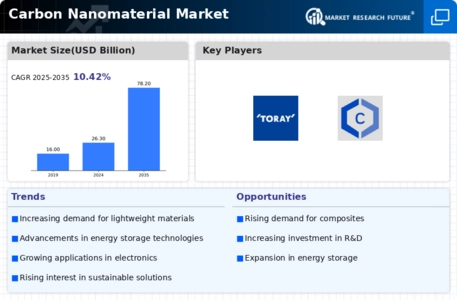
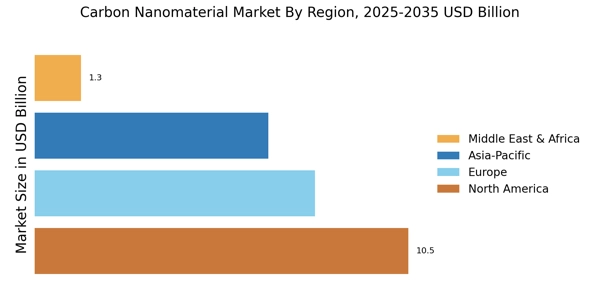

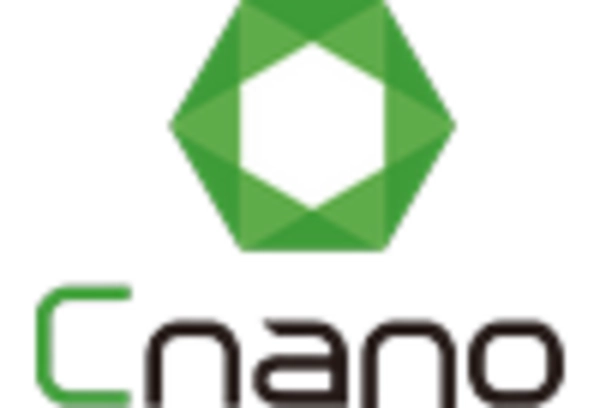
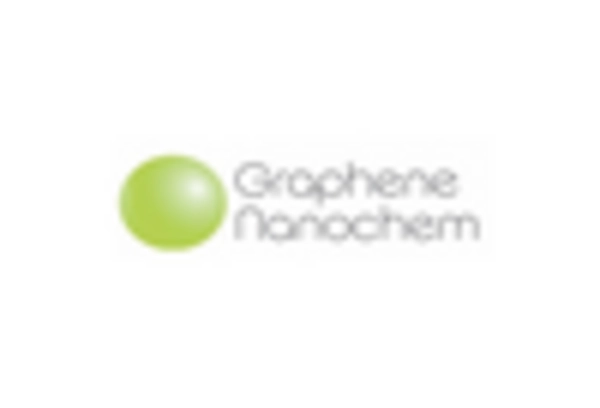
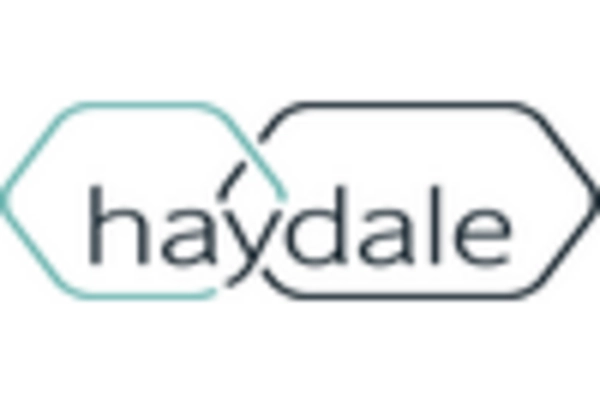
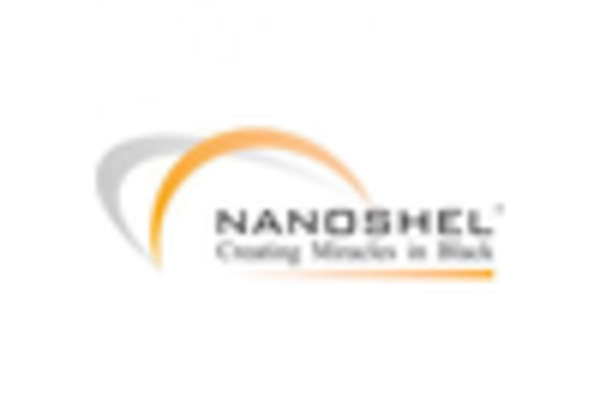
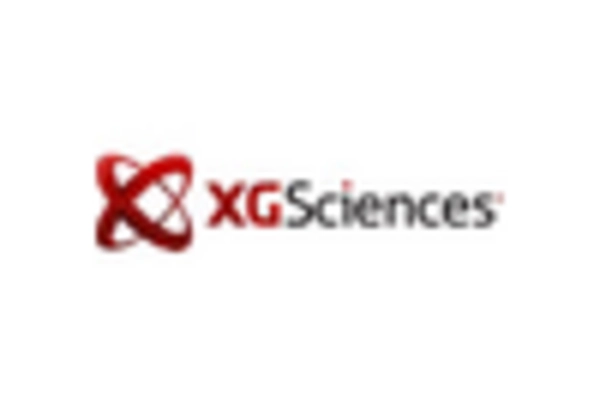








Leave a Comment